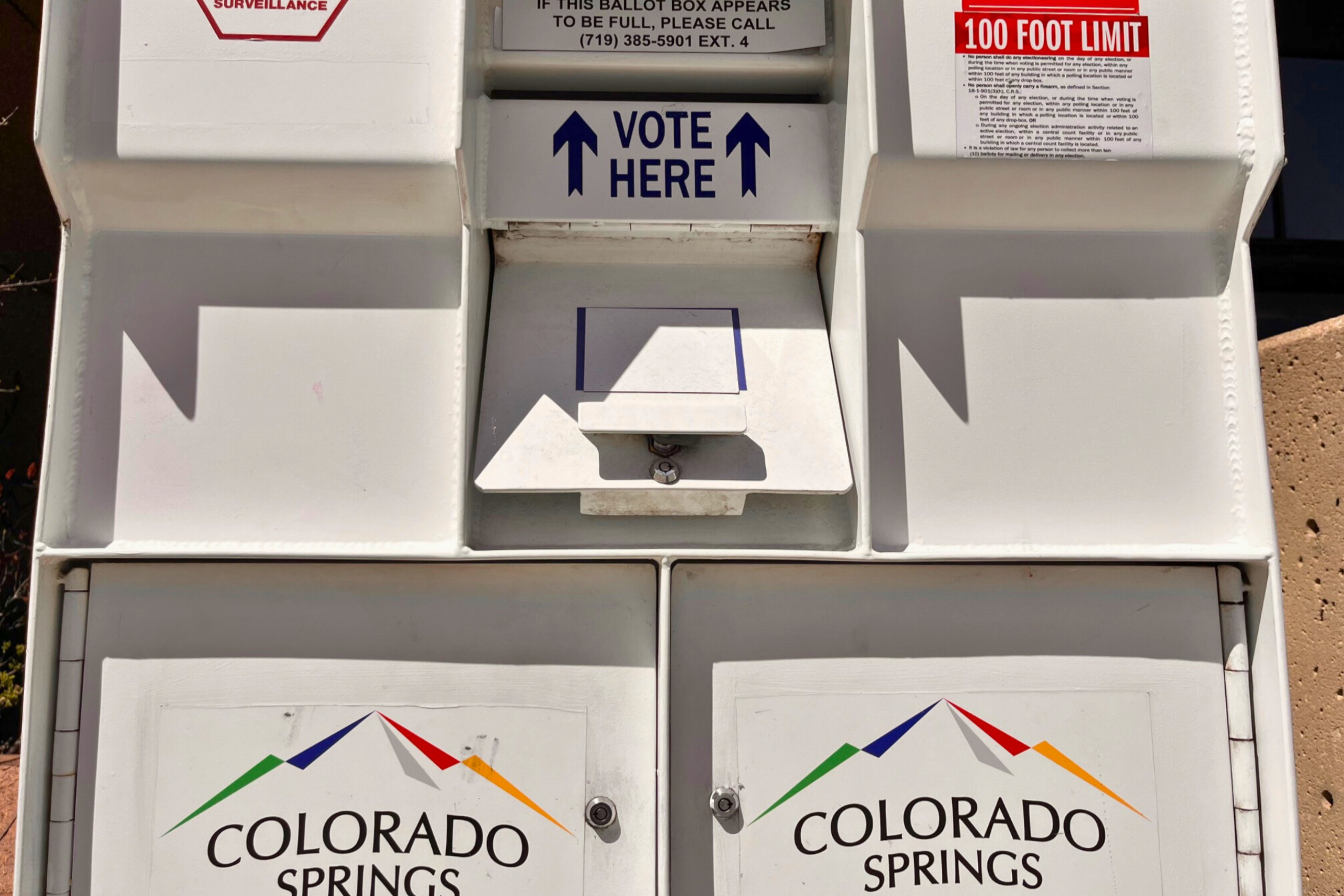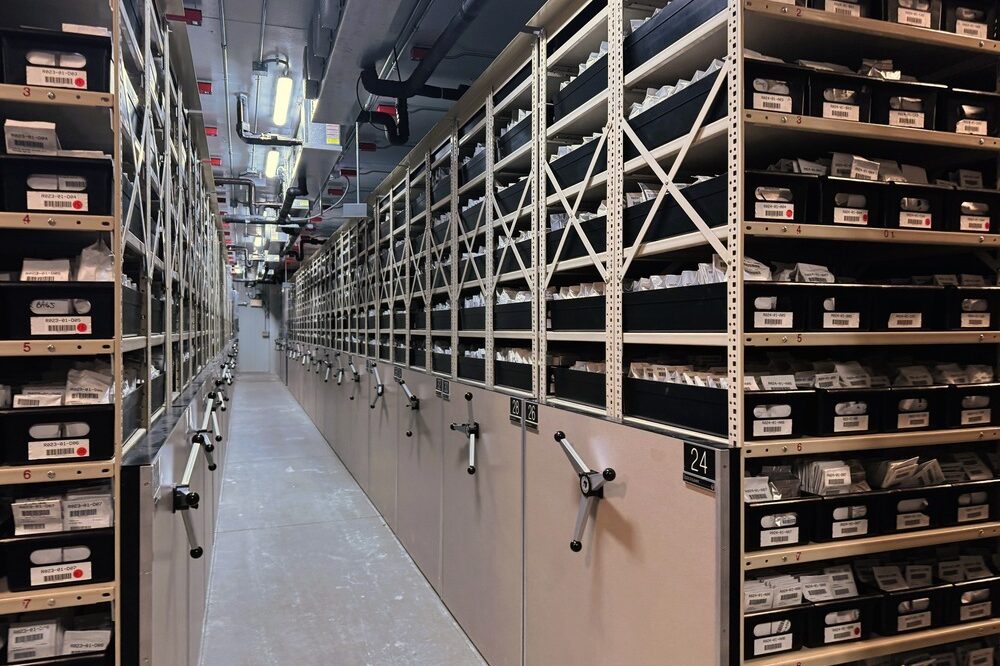
It isn’t every day you meet someone with a deeper connection to a Denver neighborhood than Candi CdeBaca. She grew up in Elyria-Swansea, which in 1964 was sliced in half by the construction of the I-70 viaduct.
Today, CdeBaca lives about three blocks south of I-70, in a little brick house that once belonged to her grandparents. On her front lawn are several signs. One says, “My community’s not for sale.” The other: “Ditch the Ditch” — a reference to the $1.2 billion plan to replace I-70 through Elyria-Swansea with a wider and lower interstate including a four-acre park over one section.
CdeBaca isn’t buying it. She’s a neighborhood activist and founder of Cross Community Coalition, one of several community groups that recently filed a civil rights complaint with the U.S. Department of Transportation. It claims the project would discriminate against residents of the neighborhood, which is 84 percent Latino and one of the city’s poorest.

Interview Highlights With Neighborhood resident Candi CdeBaca
On CDOT’s Plan To Expand I-70, Lowering And Widening The Interstate
“It wasn’t an option that people [in the neighborhood] overwhelmingly preferred. In fact, if you would ask anyone in these neighborhoods whether they want the highway here or not, I’m sure people would want the highway gone. The unfortunate part about it is that when this highway was put in, my grandpa recalls how the community fought against it. But at the time, there weren’t civil rights protections to be able to fight having it put it in.”
Why It’s A Civil Rights Issue
“Now, we have laws to protect us from what we should have been protected from in the first place. This is a civil rights issue because this community is overwhelmingly Latino, overwhelmingly poor. And so, we were an easy target … that did not have the political or the financial capital to fight against this…. This lawsuit is us coming together and standing up and saying, ‘This will not happen to us again.’ ”
On Businesses Along 46th Avenue That Have To Be Relocated
“I think that it’s highly problematic. It’s not progress. In fact, it’s doing exactly what was initially done when this highway was put here. This was initially like a main street. Forty-sixth [Avenue] had several businesses along [here], including multiple grocery stores. When they put the highway here, they wiped those out. Most of the business owners here are minority business owners, so that is another civil rights violation. These people who are possibly owners or paying very little rent to be in these spaces, won’t be able to relocate for the same price in any other part of Denver.”
Interview Highlights With CDOT Spokeswoman Rebecca White
Why The Planning Process Has Taken So Long
“We started this process in 2003, so almost 14 years ago did we first start looking at this highway. And over that time, we’ve had hundreds of meetings and gone door to door. The outreach on this has been probably unprecedented in the history of CDOT. Big projects like this are always going to have differing opinions, and we value those. That’s why this has taken so very long.”
On the benefits Of Widening And Lowering I-70
“What we’re looking to do is absolutely transform this highway, so we’re almost flipping the concept on its head. We’ve got today a viaduct that’s 30 to 40 feet up above, and we’re going to turn that into a lowered highway that’s 30 to 40 feet below grade. We’re building the first cover in the state, with a four-acre park over the interstate. We’ve never done that before, and there’s the opportunity there for a splash park, fields, play areas, movies. So much work has gone into making this such a different area.”
Why Re-Routing I-70 Was Ruled Out
“We have looked at just about every alternative under the sun. And the concept of moving all or part of I-70 has come up time and time again. And I’ll tell you, the number one concern we come back to is, what has to be built in its place. This is not as if you move I-70 and construct a sleepy, tree-filled lane in its place. We’re talking a six-lane major boulevard very much akin to Colorado Boulevard, with stop-and-go traffic. But layer on top of that the hundreds freight trucks that today depend on this highway that are going to have to turn to the local street network to find their destination We don’t think that reconnects communities. We don’t think that benefits this area in any way.”








